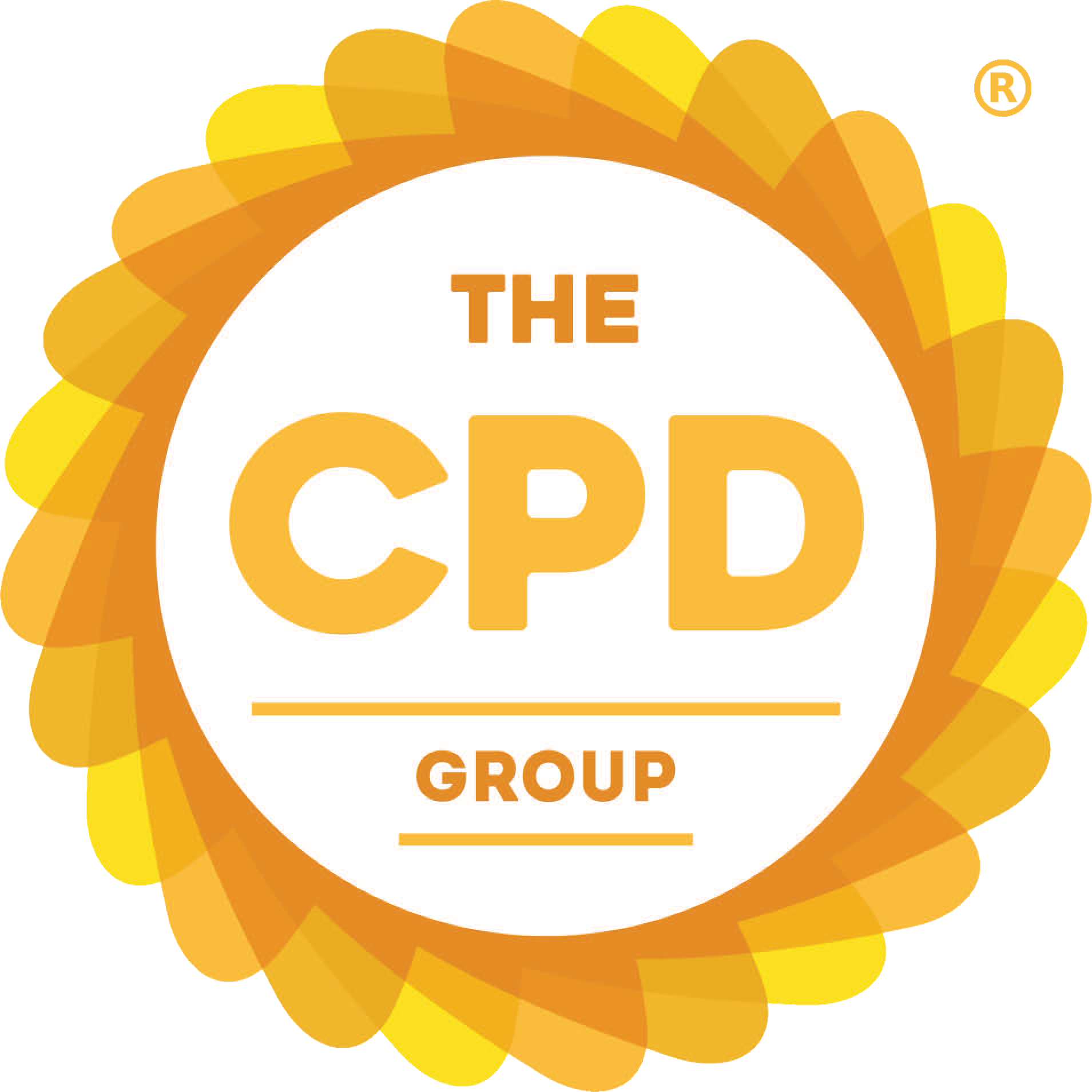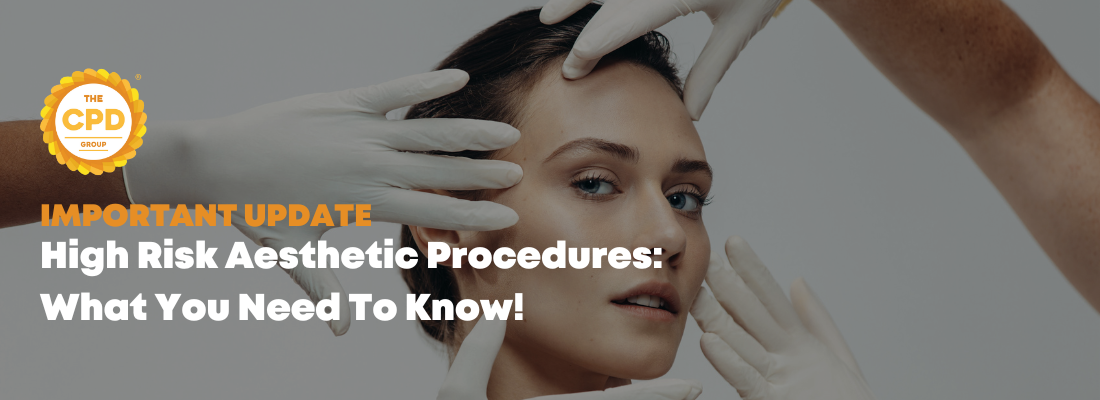Our A.C.C.R.E.D.I.T.E.D framework is designed to ensure that everyone looking to gain CPD Accreditation is aware of the rigorous methods we use to assess the suitability of each CPD programme we are presented with, looking to gain CPD Accreditation.
The A.C.C.R.E.D.I.T.E.D framework offers current, and future clients, the ability to understand what scrutiny CPD activities will face when looking to apply for CPD Accreditation with The CPD Group.
With that said, it is essential that the framework remains fluid as we adapt to the ever-changing landscapes within the industries we serve. As and when new information comes to light, or changes are made to particular legislations, it is our duty to ensure that any new principles, guidelines or laws are followed within the Accreditation process.
As one of the UK’s leading CPD Accreditation Services, we pride ourselves on having the most robust standards across the CPD Accreditation industry. We are at the forefront of driving change in our industry, implementing policies, where appropriate, to help maintain high standards of CPD delivery around the globe.
Over recent times we have been following the progress of the potential changes to the
Health & Care Act 2022, ensuring that our practices are aligned with movements within the Beauty & Aesthetics industry.
One of the proposed changes is the introduction of a licensing scheme, identifying the most high-risk treatments and clarifying who the most appropriate members of the industry are best placed to deliver these.
As an organisation focused on the safety and welfare of those associated to us, we fully
support the newly proposed Licencing Scheme and as such have taken our own measures to improve the safety of both Training Providers and their clients, when reviewing the most high-risk treatments for CPD Accreditation.
Listed below are the range of treatments that we have classified as being in the most high-risk bracket (Category 1 Treatments):
• All thread lifting procedures, including PDO thread and cog lifts.
• Hair restoration surgery.
• Dermal micro-coring.
• Hay fever injections.
• Deeper chemical peels such as phenol peels.
• Lasers which target the deeper layers of the dermis. For example, CO2 lasers, where used for extensive fully ablative resurfacing.
• The provision of any procedure where the circumstances of the provision meet the criteria for the procedure to be classed as the CQC regulated activity of treatment of disease, disorder or injury (TDDI).
• All intravenous injectables and infusions.
**(This list is not exhaustive and is liable to change in line with potential adaptations to industry guidelines or internal company policy revision)**
As part of our measures to ensure the highest levels of safety for all parties concerned, we have classified the above listed treatments (Category 1 Treatments) and the training thereof, as having the highest range of risk attached. Therefore, we have implemented our ‘High-Risk Treatment Policy’ to support these efforts. It is our opinion that these high-risk treatments, and the training thereof, should only be delivered by individuals who are medically trained and hold an active registration with their Regulatory Body.
In addition, we have also identified the following treatments as posing such an extreme level of risk that we will no longer provide CPD Accreditation for these subjects (Category 2 Treatments):
• Procedures aimed at augmenting any part of the body, in particular the breast, buttocks and genitals, typically using autologous fat, dermal fillers or botulinum toxin.
• The combination of ultrasound and large bore cannula for the purposes of Liposuction
**(This list is not exhaustive and is liable to change in line with potential adaptations to industry guidelines or internal company policy revision)**
What does this mean for me?
Any Training Provider, or individual Trainer looking to gain, or retain, CPD Accreditation from The CPD Group for courses related to the listed treatments above (Category 1 Treatments) must hold the following:
• Hold an active registration with the Regulatory Body designated for their profession.
• Are suitably knowledgeable, trained and qualified to deliver the training.
• Hold appropriate indemnity cover that includes all courses related to the high-risk treatments, and all those training in these subjects.
**Please be aware that all Category 2 Treatment applications will be rejected**
The CPD Group High Risk Policy
Authored May 2024
Updated November 2024


Discussion (0)
Join the conversation and share your insights with our community
Join Our Community
Share your expertise, ask questions, and engage with fellow CPD professionals
Start the Conversation
Be the first to share your thoughts on this article. Your insights could help other professionals in their CPD journey.